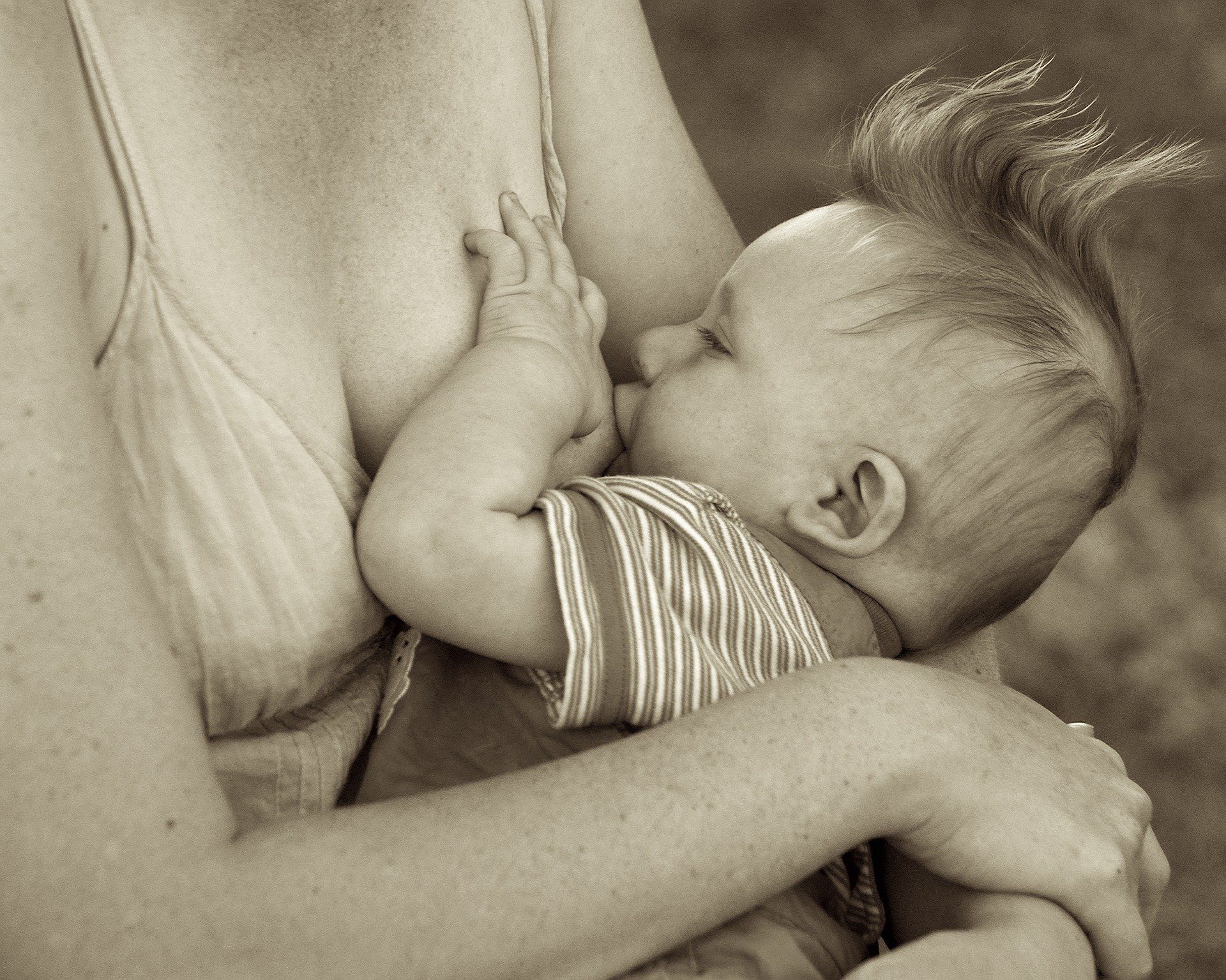It is an experience essential for bonding and ensuring the baby has all the nutrients required to grow healthy and strong for a new mother breastfeeding their baby. However, breastfeeding isn’t always something that comes naturally for either the baby or the mother, and when nursing doesn’t go to plan, it can lead to lots of stress and tears.
Even though breastfeeding can be challenging, there are several valuable tricks any mother can use to make sure their baby is feeding effectively and when they need to, which this article explains more about.
Table of Contents
Wear the Right Clothes
When breastfeeding, some clothes are more comfortable and suitable for the task than others. Clothing recommended for breastfeeding allows for convenient and easy access to the breasts and includes nursing tank tops, bras, tops, wraps, and button-down dresses. However, when choosing the right clothes for breastfeeding, there are a few considerations, such as picking clothes that won’t show any leaks and provide space for breast pads that can soak up any leftover milk from leaky breasts.
Notice Signs Your Baby is Hungry
Often, a baby will cry to let you know that they are hungry; however, to avoid the tears, you can keep an eye out for the typical signs that indicate when your baby is hungry. For example, if your baby is hungry, they may raise and turn their head repeatedly, open and close their mouth, stick out their tongue or suck on whatever item is close by.

Let Your Baby Set Their Feeding Schedule
Rather than creating a set schedule to feed your baby, it is better to let your baby decide when and how long they want to breastfeed. For example, to ensure your baby is feeding naturally and on its own accord, you shouldn’t deny your baby feeding by keeping to strict feeding times or wake up your baby for feeding. The same goes for how long baby nurses for; they know themselves better than you do, so it’s ok if they nurse for only 10 minutes or feed for up to an hour as some babies drink fast while others like to take their time.
Make Sure You Are Comfortable
Mothers spend hours breastfeeding every day, which can become uncomfortable if sitting in an unsupported position leading to an increased chance of getting aches and pains in the back, neck, and shoulders. Additionally, if a mother is uncomfortable, adjusting and moving around can disrupt and irritate a baby, causing them to feel hungrier. To solve this issue, there are a few positions a mother can take, such as lying on their side with the baby facing them or reclining in a comfy chair with the baby in their arms.
To make breastfeeding more comfortable for both the baby and mother, it is also advisable to sit on a bed or large sofa with lots of cushions and pillows to support a mother’s back and arms.
Ensure the Environment is Relaxing
In addition to ensuring both you and your baby are in a comfortable position while breastfeeding, it is also important to make sure you feel relaxed as babies can sense anxiety and stress, which may cause them to have difficulty latching on. For this reason, before nursing, it is a good idea to check the environment is calming and quiet. Also, if you feel under stress when about to breastfeed, it may be worth spending a moment to take some slow deep breaths and unwind, so nursing your baby is a time for bonding rather than transferring stress to your baby.
Finding the Right Position
Once your baby starts breastfeeding, they will soon find a most comfortable position for them, which is worth taking note of so they can quickly get into nursing. Although every baby is different, there are a few tips that every mother can use to help a nursing position suitable for both them and their baby; these include:
- Tilting their head back slightly
- Positioning their mouth, so it is level with the nipple
- Making it, so they don’t have to turn their heads
- Encouraging them to latch onto the whole areola instead of just the nipple
- Ensuring their chin is up against the breast, but their nose is clear
Skin Care
As a result of regular nursing, the skin on your breasts and nipples can become chapped, dry, and irritated, causing breastfeeding to be uncomfortable and painful. However, you can take a few precautions to prevent cracked skin, such as using gentle cleansers, drying with soft cloths, and applying healing creams after feeding.
Breastfeeding is a vital task required to give babies all the food they need and encourage bonding between mother and child. However, it can be stressful or even irritating at times. However, there are plenty of useful pieces of advice, such as those above, that a mother can follow to make sure breastfeeding is a special time.
Featured Image by Chris Vaughan Griffiths from Pixabay




